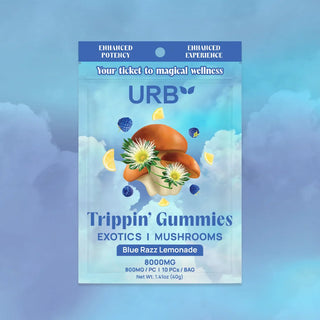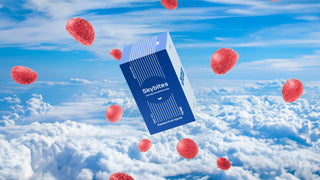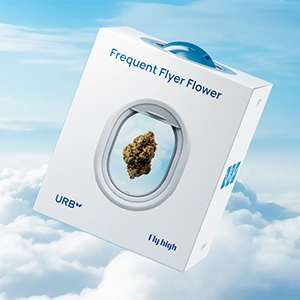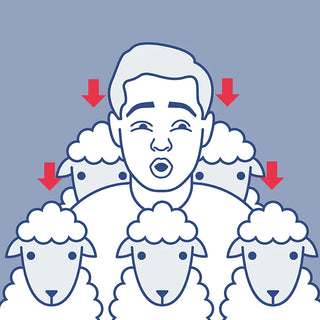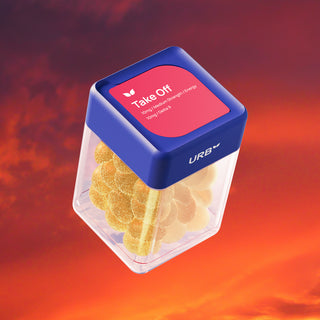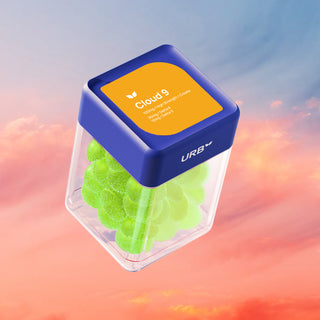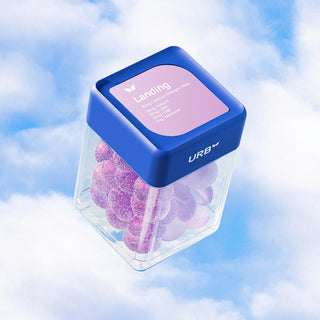I like to support local businesses but sometimes selection is limited. With URB I can read through the items' description and select exactly what I want and know will fit the bill for me. Every product I've purchased from URB has delivered. Sometimes over delivered! Cut 'em up and cruise at lower altitudes for greatest flight fuel efficiency.
Urb is my perfect place, fast delivery and quality.
I loved gummies packed with 5.000mg or 3500mg.
I ordered gummies last Tuesday and these guys did not even ship my order till Friday, earning interest on my money. And the Psychadelic Mushrooms are terrible. NOW I have to spend twice as much from my local supplier
I love URB. It's better than all the hyped up dispensary stuff that doesn't even compare to the quality of URB
I have been ordering consistently from herb for the last 23 years. I have placed over 10 orders super happy and satisfied with every order. The speed and delivery of the product is amazing. The quality is top-notch and they are always always able to deliver what I need in a timely manner couldn’t be more happier that I found Them.
